Frontier Elm
$109.50 Original price was: $109.50.$76.65Current price is: $76.65.
- Free Shipping over $25
- Fast & reliable delivery options
- Enjoy top quality items for less
- Multiple safe payment methods

It is too bad that many people think, ‘disease’ when they hear ‘elm’, because there are many trees among the elms, and many of them are not affected by the killer Dutch elm disease. Since the tragic loss of our majestic American elm trees, experts have worked to give us new and better elms to replace them. One of the best is the Frontier Elm, a unique hybrid tree that is beautiful, tough and resistant to disease. This tree is not just another shade tree, but truly different, with purple-red fall leaves – very different from almost every other elm tree. Lack of strong fall color was always a weakness of elm, so the Frontier Elm overcomes that beautifully. It forms a striking medium-sized tree, ideal for modern gardens, and it is highly recommended by arborists across the country. You don’t need to look further for a unique shade tree – here it is.
Growing the Frontier Elm
Size and Appearance
The Frontier Elm is a medium-sized deciduous shade tree reaching a height of 25 feet within 20 years, with a spread of 15 feet. It will grow to be around 40 feet tall, and probably spread about 30 feet wide. It has a sturdy trunk, branching into a broad crown of vertical and spreading branches. It has smooth, gray-green bark that doesn’t shed, creating an elegant look. The small, oval leaves are glossy, between 2½ and 4 inches long and up to 2 inches wide, with small serrations along the edges. with parallel veins radiating from the central leaf vein. In summer the leaves are a rich and attractive green, and with the first cold of fall they turn rich burgundy-purple, making a unique show for an elm tree. This tree is worth growing for its fall color alone, and the leaves hold on the tree for a long time after they color, creating a very worthwhile display. Because it is a hybrid tree it only very rarely produces any flowers (which are seen in fall, if they should appear), and none of the potentially messy seeds of some other elms.
Using the Frontier Elm in Your Garden
The Frontier Elm is a great choice for a lawn specimen, or for planting along the sunny edge of a wooded area. Grow a row as a boundary marker or privacy screen, gaining wind and noise protection as well as beauty. With its adaptability it can be used in many different situations. Allow enough room when planting for this final size – and don’t plant beneath low utility lines, or within 20 feet of buildings or boundaries.
Hardiness
The Frontier Elm is very hardy, growing in zone 4, and just as well in southern Florida and Texas. Almost everyone can grow this elm in their garden, wherever they live.
Sun Exposure and Soil Conditions
Full sun will give the best fall coloring, and develop a sturdy, attractive tree. The Frontier Elm is a tough tree, able to grow well in a wide range of soils, from clays to sands and from acid to alkaline. It is drought resistant and grows in damp soil too. In fact, it will grow anywhere except in soil that is flooded for extended periods. It even grows well in harsh urban conditions, making it an excellent choice for a city garden.
Disease and Pest Resistance
The Frontier Elm has a high level of resistance to Dutch elm disease, which caused the loss of millions of American elm trees across the nation and around the world in the 20th century. It also has moderate resistance to elm leaf beetles, doing better in trials than most other elms, and showing no more than 10% leaf damage, making these pests not a serious issue for it. Although, like many other varieties, it can become infected with elm yellows, another serious elm disease, in laboratory experiments, it doesn’t become infected naturally when grown in the landscape. All-in-all this tree is an excellent choice when compared with many other forms of elm.
History and Origin of the Frontier Elm
The Frontier Elm is a unique hybrid elm, created by the Floral and Nursery Plants Research Unit of the U.S. National Arboretum Plant Introduction, part of the USDA, in Washington. Dr Alden Townsend was a research geneticist in that unit, specializing in elm tree breeding. In 1971 he collected pollen from a spring-flowering elm, Ulmus minor, the smooth-leaf, or field elm. This is the most common elm in Europe, and it is also known as Ulmus carpinifolia. He stored that pollen at low temperature, and then used it to pollinate flowers of the lacebark elm, Ulmus parvifolia, which naturally flowers in the early fall. After almost 20 years of testing and screening plants, the best seedling from this cross was released in 1990 with the name ‘Frontier’.
Buying the Frontier Elm at The Tree Center
It is wonderful that we have elm trees again, and the Frontier Elm is truly unique. This great shade tree is suitable for any garden, and highly recommended. Order now, because it is always in high demand, and it is always difficult to find. Once gone we don’t know when we will have it again.
Be the first to review “Frontier Elm” Cancel reply
Related products
Japanese Maple Trees
Japanese Maple Trees
Japanese Maple Trees
Oak Trees
Japanese Maple Trees
Japanese Maple Trees
Ginkgo Trees
Poplar Trees

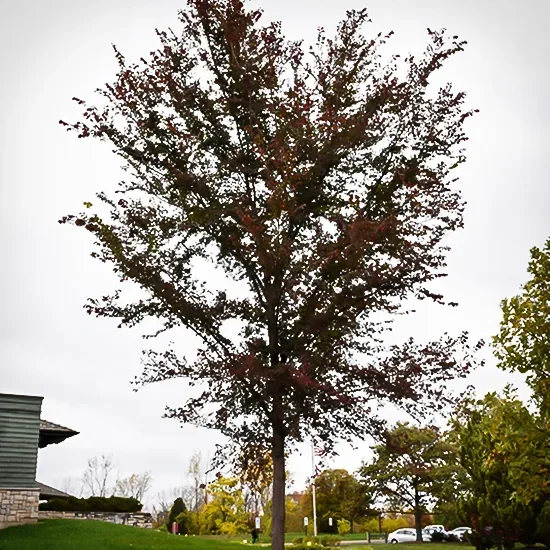
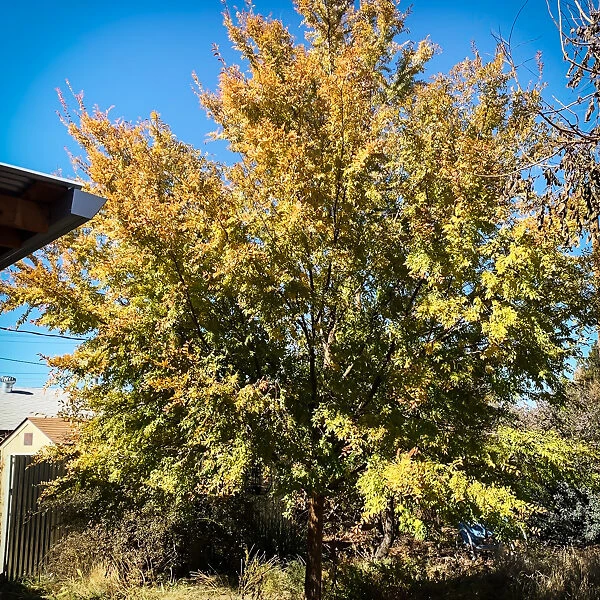
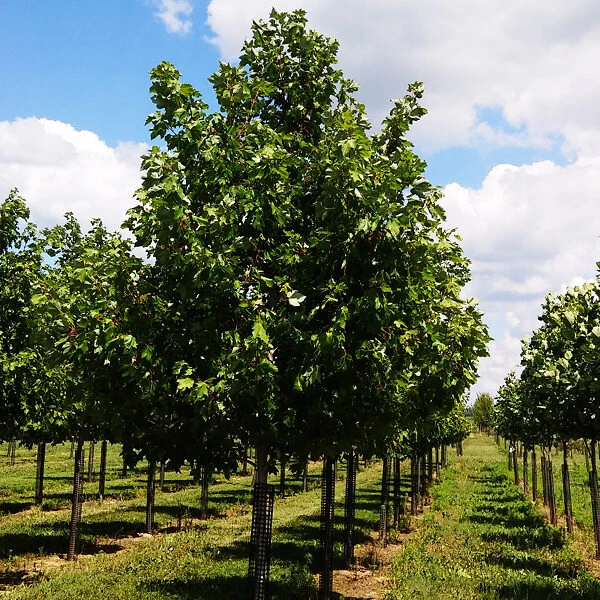


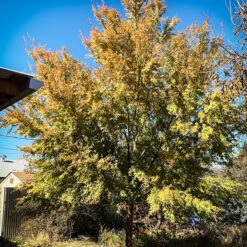




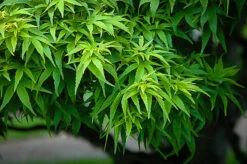

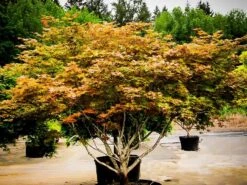

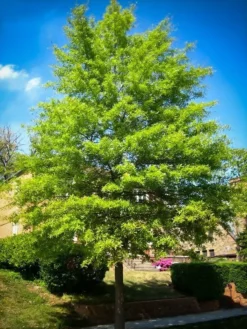


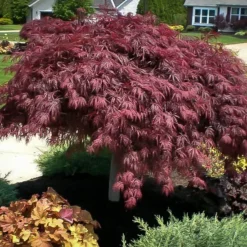

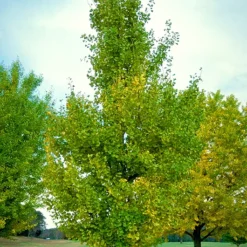

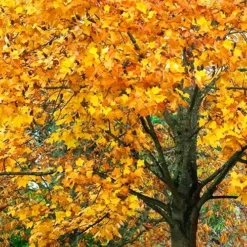

Reviews
There are no reviews yet.